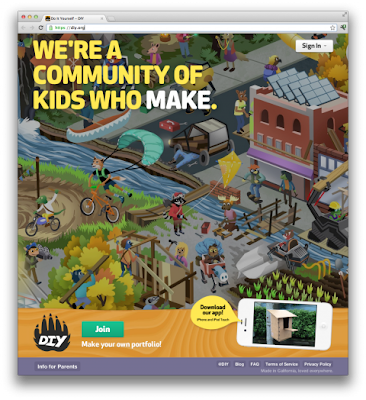Most people know me as a blatant and outgoing extrovert, and, well, I am, but that doesn’t mean I don’t sometimes become concerned about the impressions others have of me. I’ve found out the hard way a few times over the past few years just how much age and optimism can affect me professionally.

I love social features on websites such as ‘like’ buttons, but I also know they come with a sort of tax. Sure ad robots will track my every move to sell me widgets, but I’m really not all that worried about that. It’s more that if I post a picture on Facebook or let it be known I read a certain article I generally have to assume professors, students and friends of all levels are likely able to see what I’m doing. Take today – I have an old volleyball injury that comes back to bug my knee from time to time. I went to go find some videos on post-injury knee exercises and found a guy who did a great series. He clearly put a lot of time and effort into these videos, and I want to thank him and help promote him with a like. But, GASP, if I like it others will see. Suddenly it’s clear I’m not doing my dissertation, I’m not being a normal scholar (academics don’t exercise, how dare!) and people might suddenly get worried about my knee health when they ought not to.
Now, I know what you’re all thinking: just don’t be friends with some people, or manage your contacts into privacy groups. Yes, while that works for those of you with just a few close friends it doesn’t suit my personality – I want to remember all the people I meet and I want to be broadly accessible and friendly! I want to keep track of 1300 some people on Facebook but I don’t want to have to manage each one in terms of exposure risk.
What I would enjoy, instead of complicated and time-intensive policy controls, is the ability to like, read, download or promote something anonymously. Yes, take a walk back to the 1990’s internet, but with a twist.
Why this feature is frequently unavailable seems obvious at first – scam robots would love to inflate like counts and marketers can’t make money off of such general data… BUT:
What if it was just on the public-people side? The marketers can still know I’m liking whatever it is, fine. They already have a gagillion tons of data about me. The sysadmins can block spammer scammers by only allowing you to anonymously like something once when logged in (and therefore only once per account). Just make it a drop-down or check box, simple as that. In the user interface experience people would see that some number of others liked whatever their item was, but just not be able to see who for those who chose to like it anonymously. Anyone else with me?
I imagine not, most of you aren’t sold on the part where the marketers get your data. I just figure we’ve already lost that battle. Ahhh well, happy Monday everyone!







![avengers_booty_ass_emble_by_kevinbolk-d4hb4xl[1]](http://duenos.net/wp-content/uploads/2012/05/avengers_booty_ass_emble_by_kevinbolk-d4hb4xl1.jpg)




